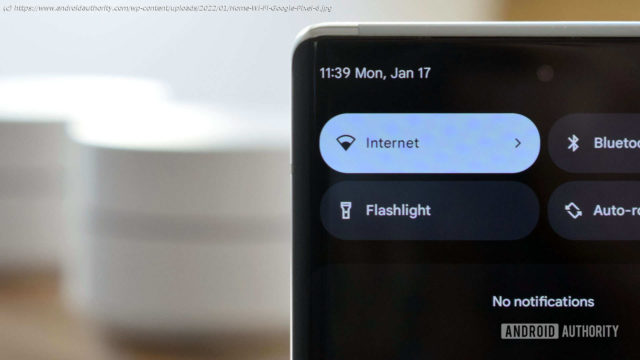Android 15 adds support for the IEEE 802.11az protocol, i.e. Wi-Fi Ranging, which should improve indoor location tracking.
Android 15 adds support for the IEEE 802.11az protocol, i.e. Wi-Fi Ranging.
Wi-Fi Ranging is a positioning technology that enables indoor location tracking accuracy of less than 1m.
This feature will only work on Android 15 devices with Wi-Fi chips that support Wi-Fi Ranging, though.
If you’ve ever tried to track your location indoors using GPS, then you’ll know how inaccurate it can be. You shouldn’t be surprised by that, though, since GPS positioning depends on your device receiving signals from multiple satellites orbiting the Earth, signals that can be obstructed by walls. Larger indoor spaces like convention centers or malls tend to have a ton of Wi-Fi access points, which can also be used to triangulate your device’s location. For the longest time, though, Wi-Fi-based positioning has been inaccurate due to how it worked. Fortunately, recent advancements have dramatically improved Wi-Fi location tracking and Android 15 is ready to bring these advancements to mobile devices.
When the Wi-Fi standard was originally created, there wasn’t a standard protocol for Wi-Fi-based location tracking. However, it was still possible to determine the approximate location of devices by measuring the received signal strength (RSS), i.e. the strength of the Wi-Fi signal, from multiple Wi-Fi access points (APs). Signal strength-based location tracking only offered 10-15m accuracy at best, however, making it unsuitable for precise indoor navigation.
Later, the IEEE Standards Association created the 802.11mc, or Wi-Fi Round Trip Time (RTT), standard to allow for more precise Wi-Fi-based positioning. This standard uses Fine Timing Measurement (FTM) to enable location tracking with 1-2m accuracy.






